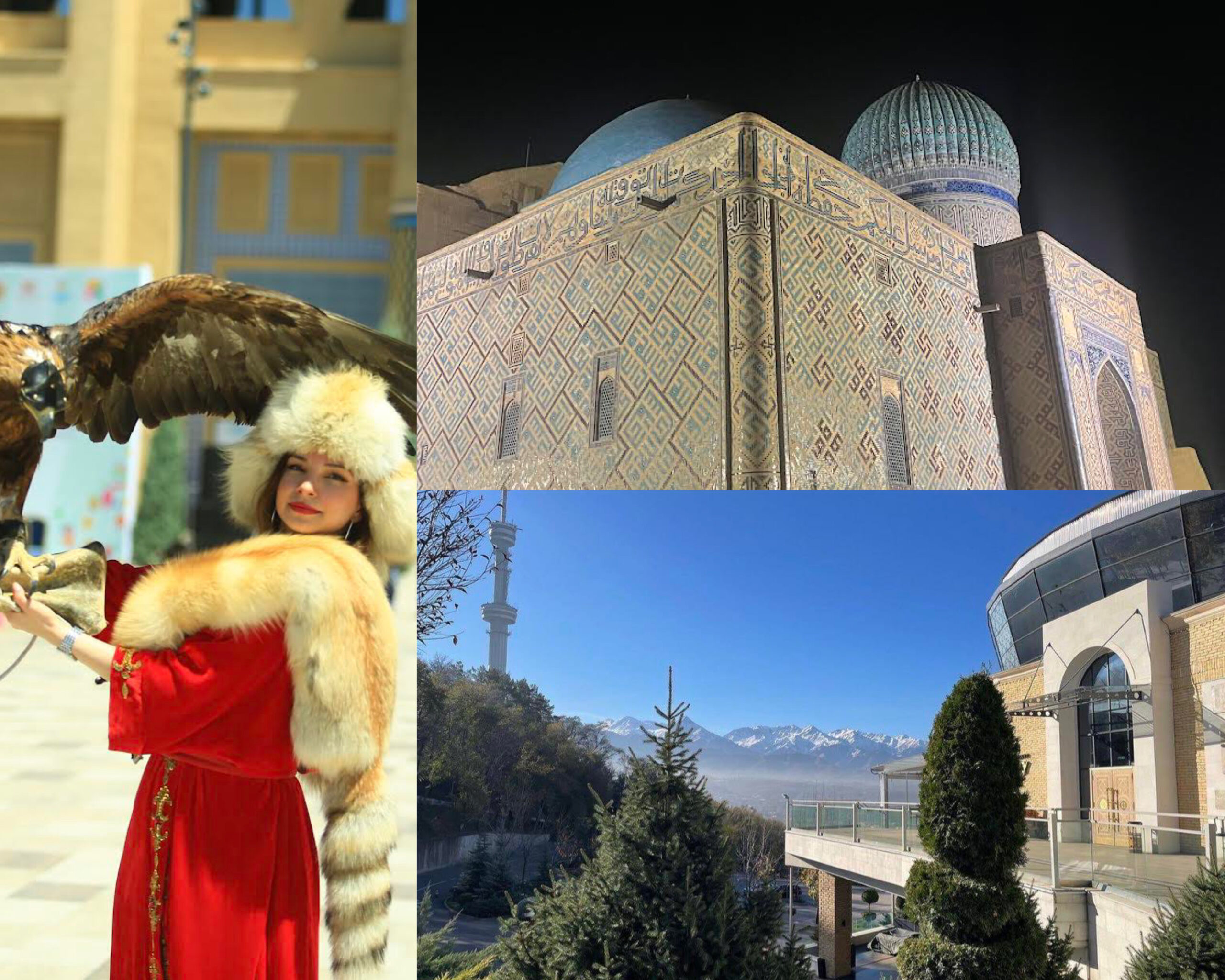Editor’s Note: The Astana Times has introduced a new section on the website that features articles by our readers. As a platform that values diverse perspectives and meaningful conversations, we believe that this new section will serve as a space for our readers to share their thoughts and insights on various topics that matter to them and the AT audience.

Derya Soysal.
Going on vacation to new destinations that not everyone visits – that is the goal of vacation enthusiasts. Among these destinations is Kazakhstan, which is adored by all its visitors and even becomes the most beautiful place they have ever visited. Kazakhstan is the ninth largest country in the world, with a surface area of 2,717,300 square kilometers, and boasts a wide variety of landscapes that are as remarkable in terms of nature as they are in terms of architecture. Certainly, the country is so large that it offers a variety of landscapes to visit, which is in no way comparable with other countries. What is more, its geographical location offers an ideal climate for both snow lovers in winter and soil lovers in the warmer seasons.
Kazakhstan is about five times the size of France and lies to the south of Russia. That’s what makes it so different and why the country has so much to see. Nevertheless, the country also attracts tourists who are concerned about environmental impact. In fact, the British magazine Wanderlust includes Kazakhstan on its Travel Green List in June.
In addition, Kazakhstan plans to enter the top 50 tourist destinations, said Nurtas Karipbayev, the chairman of the Tourism Industry Committee of the Ministry of Tourism and Sports of Kazakhstan. The country boasts some of the most beautiful lakes in the world, making it one of the fastest-growing tourist destinations.

Photo credit: Derya Soysal’s personal archive
In terms of nature, Kazakhstan has some unbeatable locations, whether it is the Kolsai Lakes, the Kaindy Lakes, or the Rakhmanov springs. Almaty is one of Kazakhstan’s most captivating destinations, and for good reason. Just a few hours’ drive from the country’s greenest city, you will discover a variety of natural wonders, from the rocky towers of Charyn Canyon to the enchanting lakes of Kolsai and Kaindy.
One of the most remarkable things to see in the country is the Tengri Tagh mountains. From all over the city of Almaty, you can contemplate this majestic mountain range, which is why it is called the Mountains of God.
In addition to this, what makes Kazakhstan so special is that the country offers an experience that can’t be found anywhere else, apart from neighboring Kyrgyzstan. Kazakhstan is the land of nomads, and tourists can stay in yurts, ride horses, and carry eagles, whether in the mountains or even in town.
Last but not least, Kazakhstan is a paradise of nature and lakes. Kazakhstan also boasts a remarkable architectural heritage that is protected by UNESCO. For example, the city of Turkistan, in southern Kazakhstan, offers visitors a journey through time.
Visitors to the city have the direct impression of being in a 14th-century town. In the city, for example, you can visit the mausoleum of Khoja Ahmed Yasawi. It was built during the time of Timur (Tamerlane), from 1389 to 1405. In this partially unfinished building, Persian master builders experimented with architectural and structural solutions that were later used in the construction of Samarkand, the capital of the Timurid empire. Today, it is one of the largest and best-preserved buildings of the Timurid period.
It would take hundreds of pages to describe what to visit in Kazakhstan. From heavenly lakes to magnificent mountains to beautiful and historic cities and ending at the Caspian coast, Kazakhstan offers a multitude of different landscapes that can’t be found anywhere else and provides a magical experience for visitors. The country does not require visas for most countries, such as the EU, so there is no excuse not to visit.
The author is Derya Soysal, a history and environmental geography expert. She graduated from Université libre de Bruxelles.
Disclaimer: The views and opinions expressed in this article are those of the author and do not necessarily reflect the position of The Astana Times.


